A Weapon and a Work of Art: The History and Production of Bows in the Past
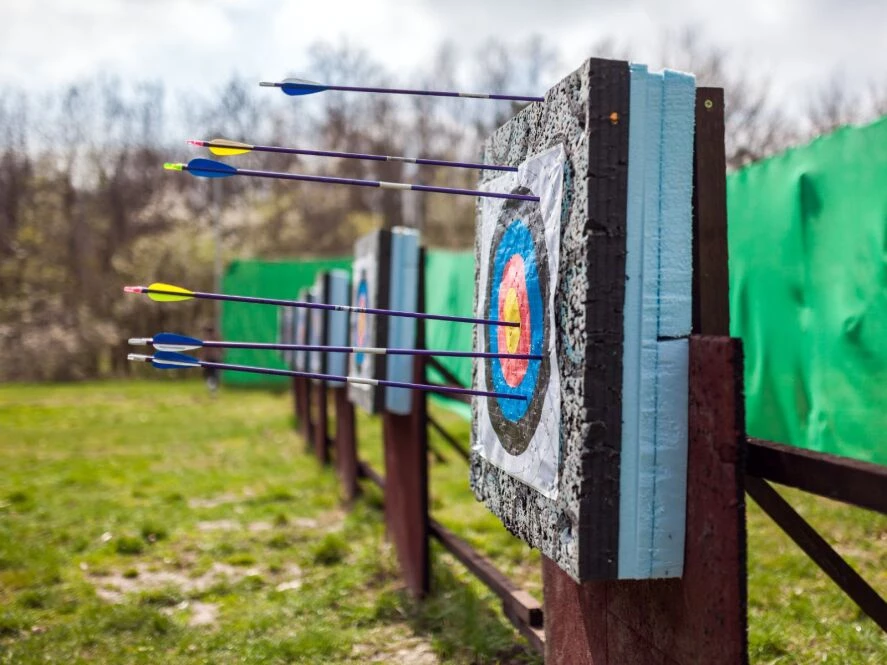
Thousands of years ago, bows were primarily used for hunting. Today, archery has become a hobby and a competitive sport. If our ancestors saw today's bows, they would probably not believe their own eyes! What were bows made of in the past - and how are they made today? In this article, we'll look at some interesting facts about the production of bows.
Contents
Good hit! The Invention that Changed the Course of History
Bows and arrows gradually spread to all corners of the world. They varied in design and appearance, but they had one thing in common - they helped its users make a living and then to gain power.
In Asia, bows became an integral part of samurai's weapons: these elite Japanese warriors were considered champions of archery long before they became famous for using katanas.
And what about Europe? It was the English longbows that helped England win many of its victories and become one of the greatest powers in Europe in the Middle Ages. The production of bows has also gone through many changes throughout the history.
The Prehistoric Times
If we want to investigate how our ancestors made bows, we must first clarify when bows and arrows were invented in the first place.
A few years ago, scientists found several stone points resembling arrow heads, about 5 cm in size, in the Sibudu Cave in South Africa that are over 77,000 years old. If these finds were really used as arrow heads, they are possibly the oldest evidence of arrows on the African continent.
We have no way of knowing how bows and bowstrings were made at that time. We can only assume they were made of natural materials such as wood, plants or animal sinews, but these materials have long since decomposed.
DID YOU KNOW... archaeological finds suggest that our ancestors experimented with bow and arrow designs, often in large groups at specific sites? Numerous finds of different types of arrowheads suggest that our ancestors used the trial-and-error method to find out what the best shape of arrow is. The arrowheads that did not prove effective during hunting gradually disappeared and were replaced by more successful models.
The first bows were simple in design, shaped by hand and with the help of tools. It was possible to make wooden bows from a single piece of wood. The bows were then hardened by heating them over a fire, and then bent to the desired shape.
Production of Bows in the Middle Ages
Although the Middle Ages are still sometimes referred to as the 'Dark Ages' in history books, for weapons like bows, this was an era of rapid development. In addition to simple bows, other types of bows appeared, such as bows consisting of two or three layers of the same material. The most complex type was the recurve bow (i.e. bow composed of different materials).
Bows were most often made of yew, elm and ash wood, while bowstrings were made of sinews or flax fibres. If the bow manufacturers did not have suitable wood available, they could use other types of wood in case of emergency, but these other types of wood never had the same properties, such as flexibility.
Young shoots or wicker were used to make arrows. Hardwood such as ash, oak or hornbeam wood were used for arrows designed for the army. Animal feathers were used for the fletchings that stabilize the arrows.
Arrowheads were most often made of iron. In addition to the “standard arrowheads”, there were arrowheads used for special purposes, such as fire arrows or hunting arrows.
DID YOU KNOW... the Slavs in the early Middle Ages were known for using “poison arrows”? This information is mentioned in Strategikon from 6th century AD. It mentions Slavic archers using wooden bows and short poison arrows. If the person hit by the poison arrow did not immediately seek medical help, or did not prevent the poison from spreading to the rest of the body in time, even a minor injury could become fatal.
Archery in the Modern Era
Firearms, which became prevalent on the battlefields in the 16th century, did not only make traditional armour outdated and unpractical, but bows faced the same fate. Gradually, firearms replaced traditional bows and arrows, and eventually also crossbows, which had been used alongside bows.
It was not until the second half of the 18th century that bows started regaining some of their popularity. European aristocrats and other high-ranking members of society started practising archery as a way of reviving historical traditions. At that time, archery was also growing in popularity in America, especially among the Trappers and Scouts.
DID YOU KNOW... In 1900, archery first featured at the Olympic Games at Paris? This trend continued for 20 years. Then archery disappeared from the Olympic Games again. Archery fans had to wait for another 50 years before their discipline reappeared at the popular sporting event.
Today's bow manufacturers use both traditional and innovative materials. Modern materials include plastics or fibreglass and carbon fibre. The traditional materials include wood, which is still widely used in the production of modern bows.
Want to Try Archery? We Are Here to Help!
Nadchla vás střelba z luku a chcete se také proměnit v uznávaného lukostřelce, který nikdy nemine terč? Máme pro vás několik praktických tipů, které vám těžké začátky usnadni.
Do you want to turn into one of the famous archers who never miss their target? We've got some practical tips to help you get started.
Read our articles about basis skills needed for archery, or what archery entails. Before you buy your own bow, make sure you read about it first in order to know if the sport is a good fit for you! We firmly believe that it is!

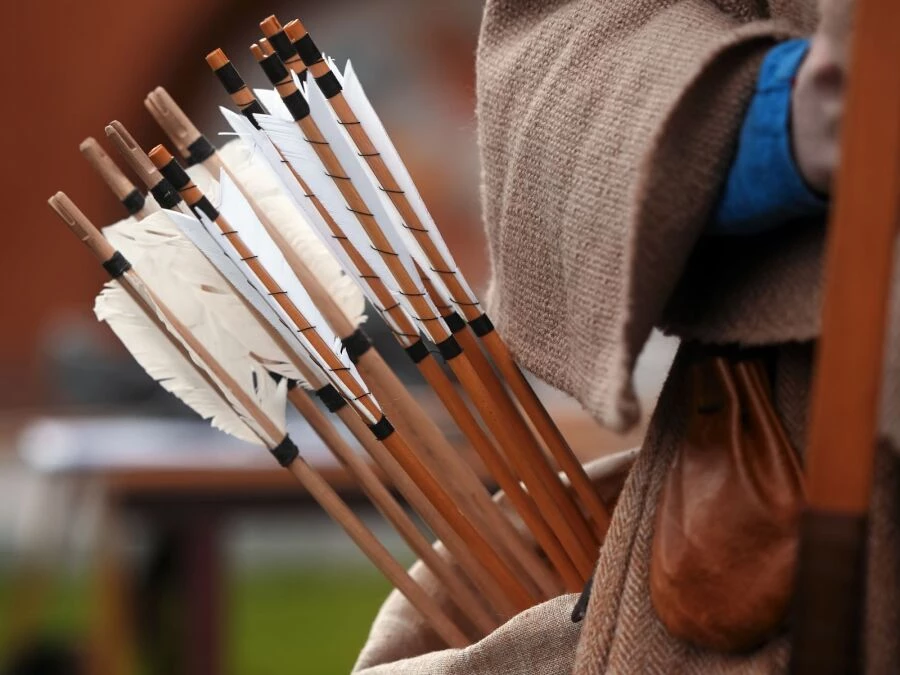
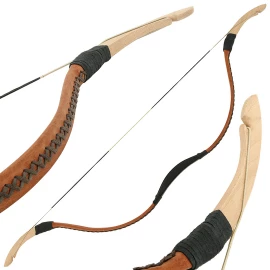
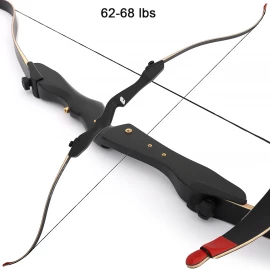
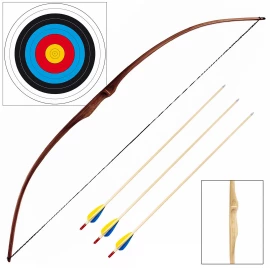
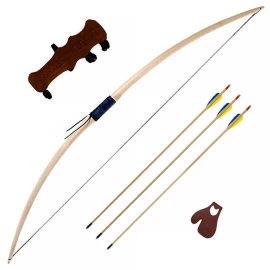
Comments